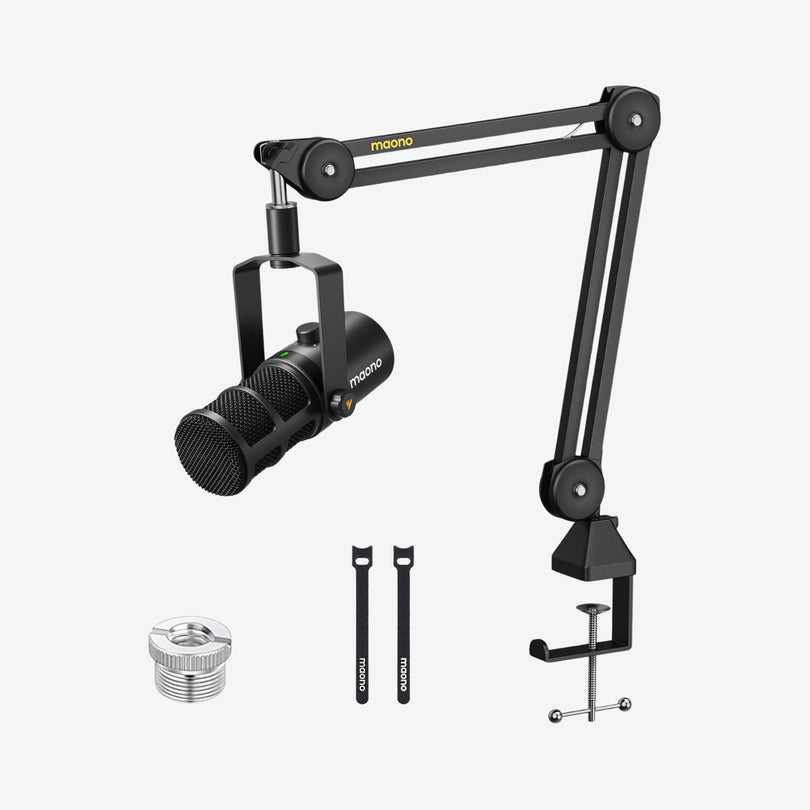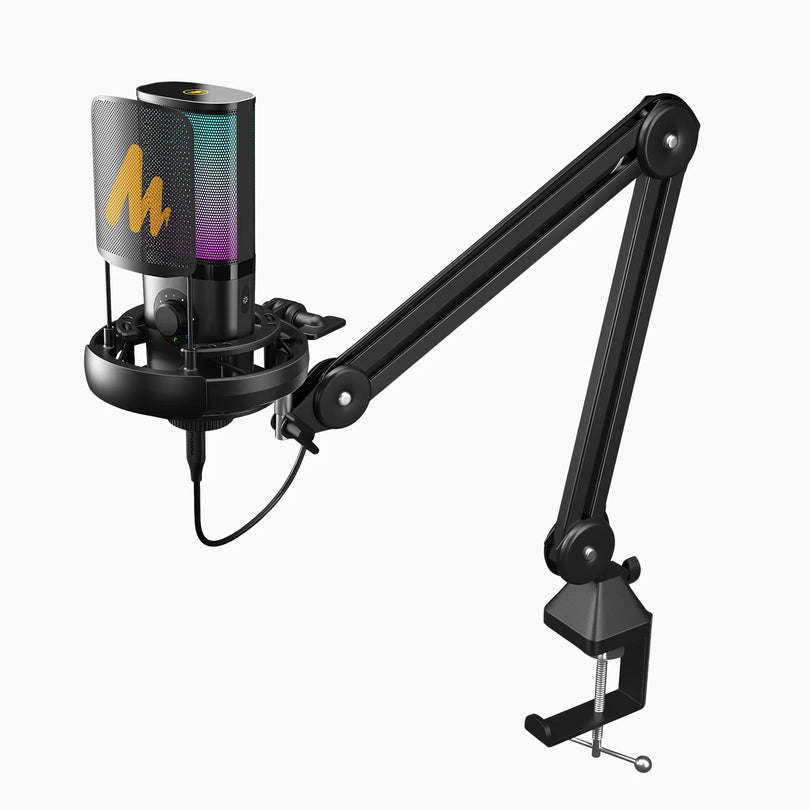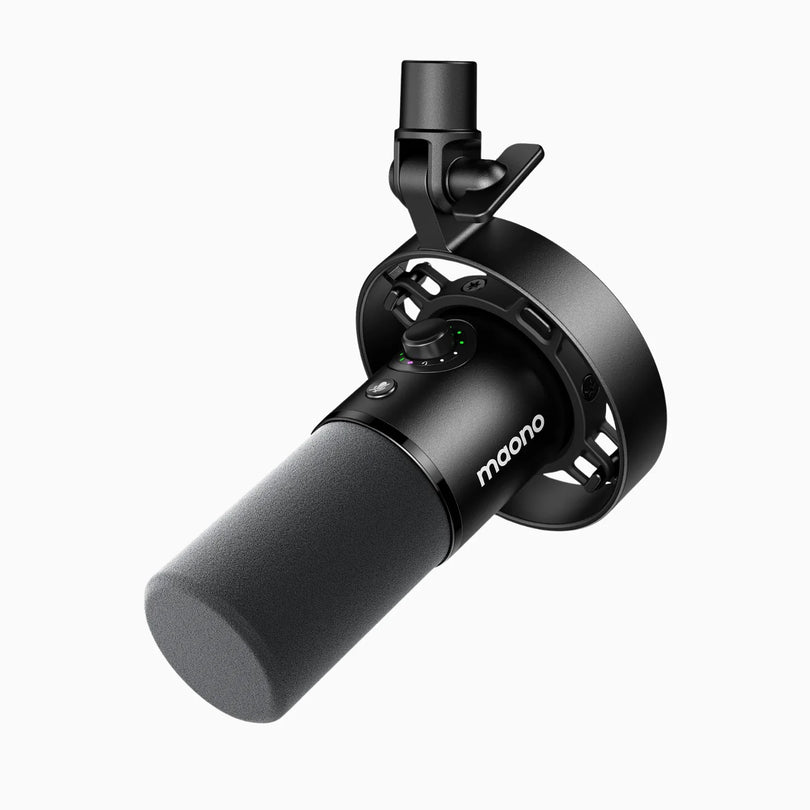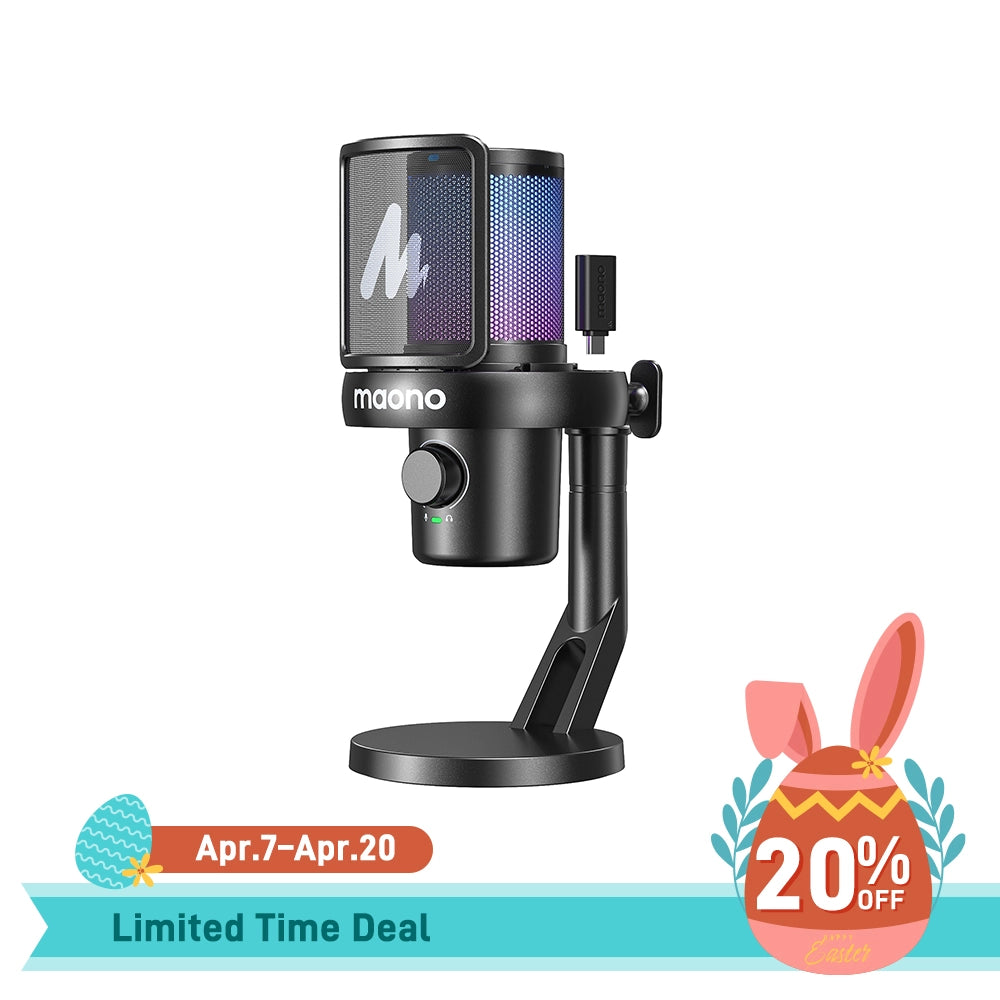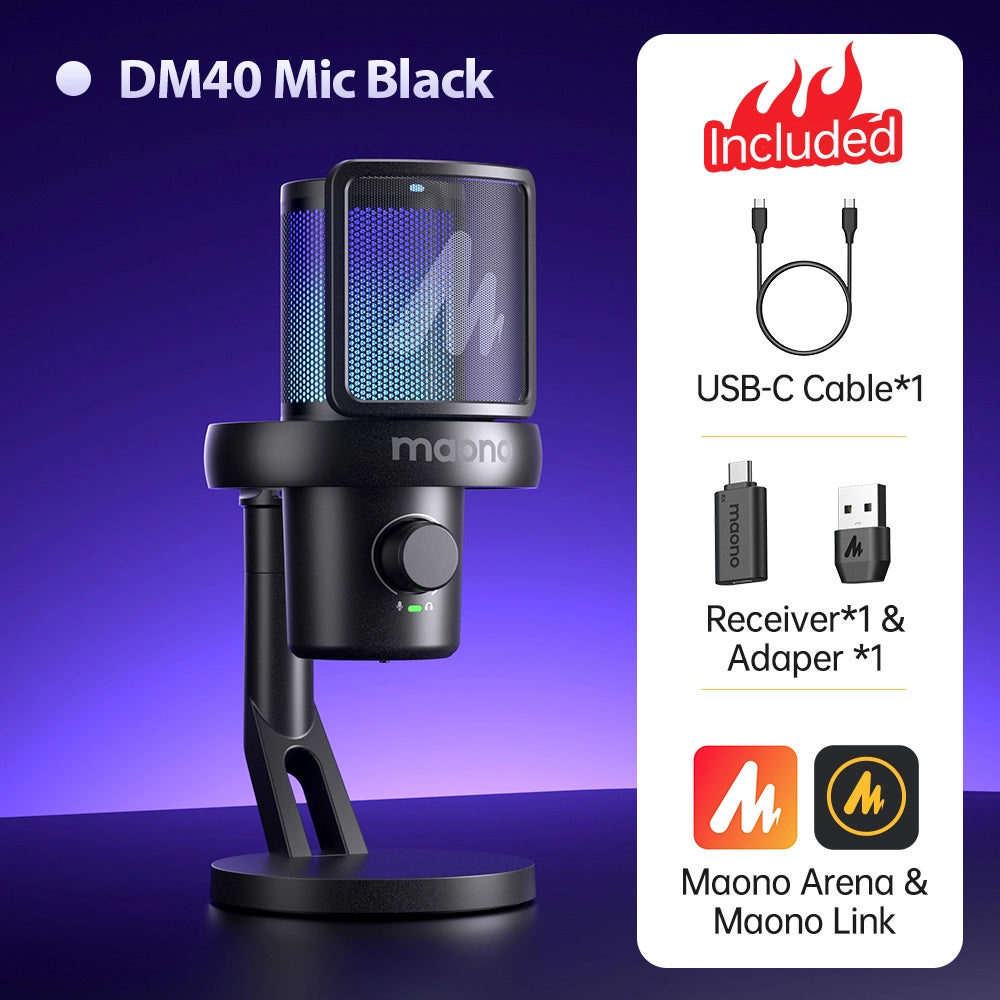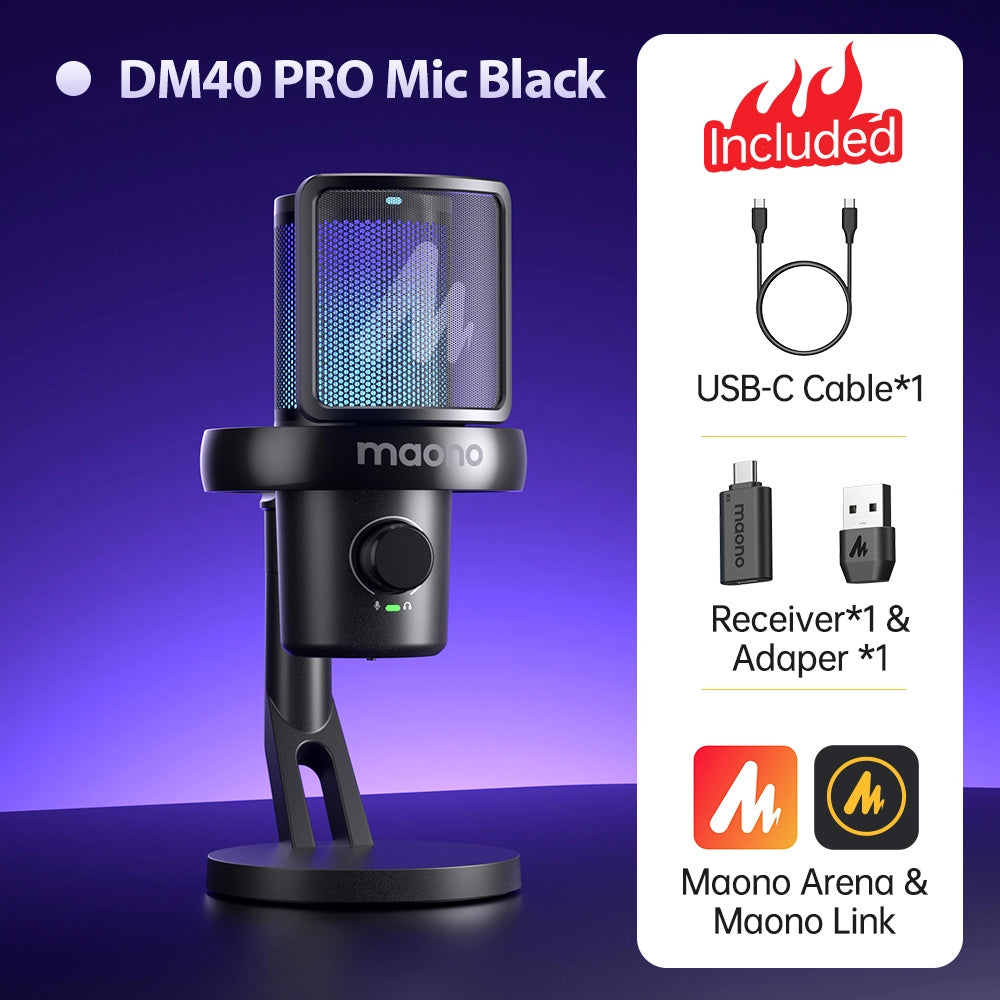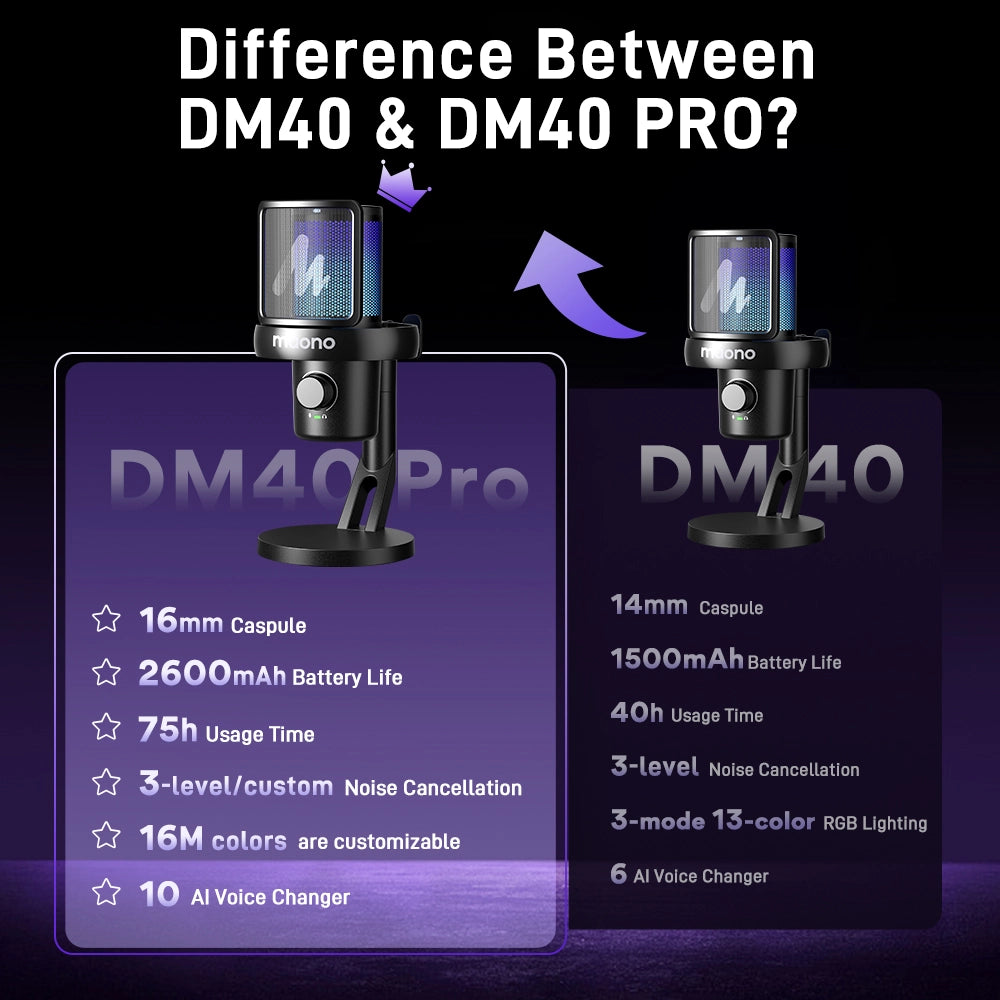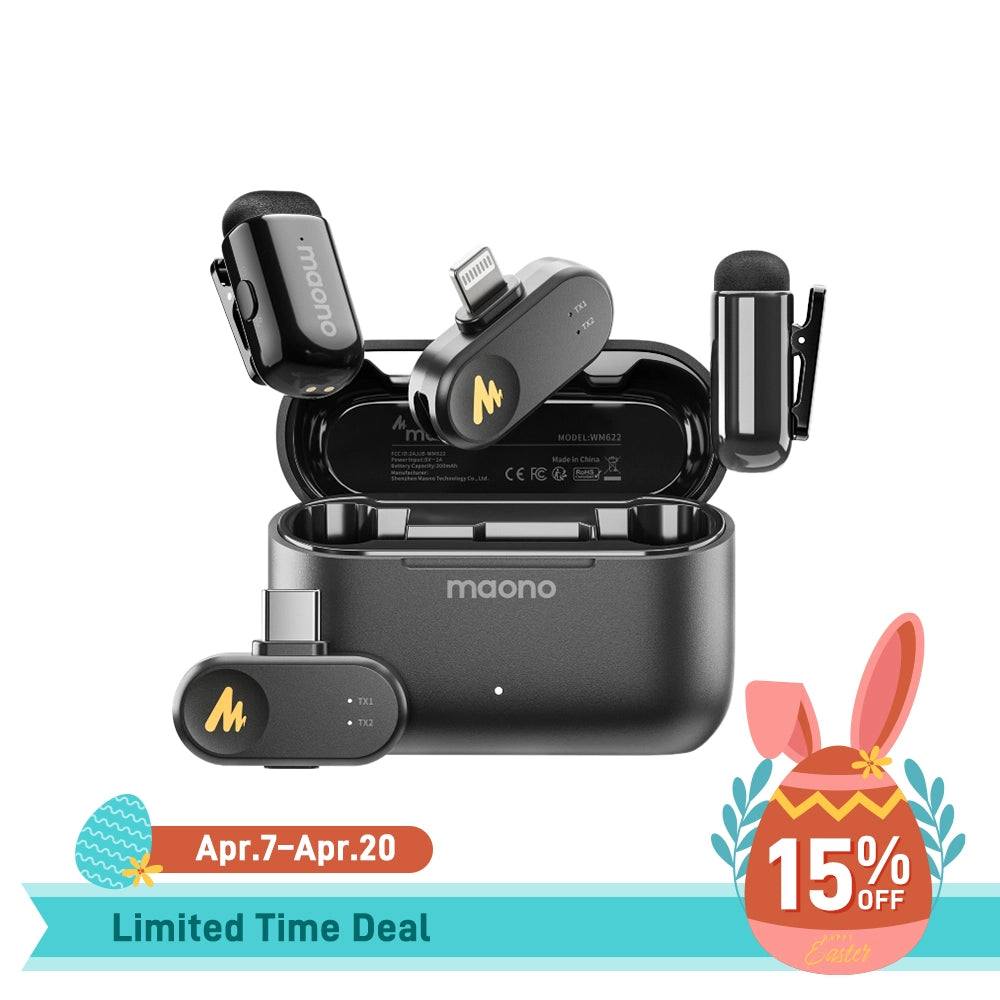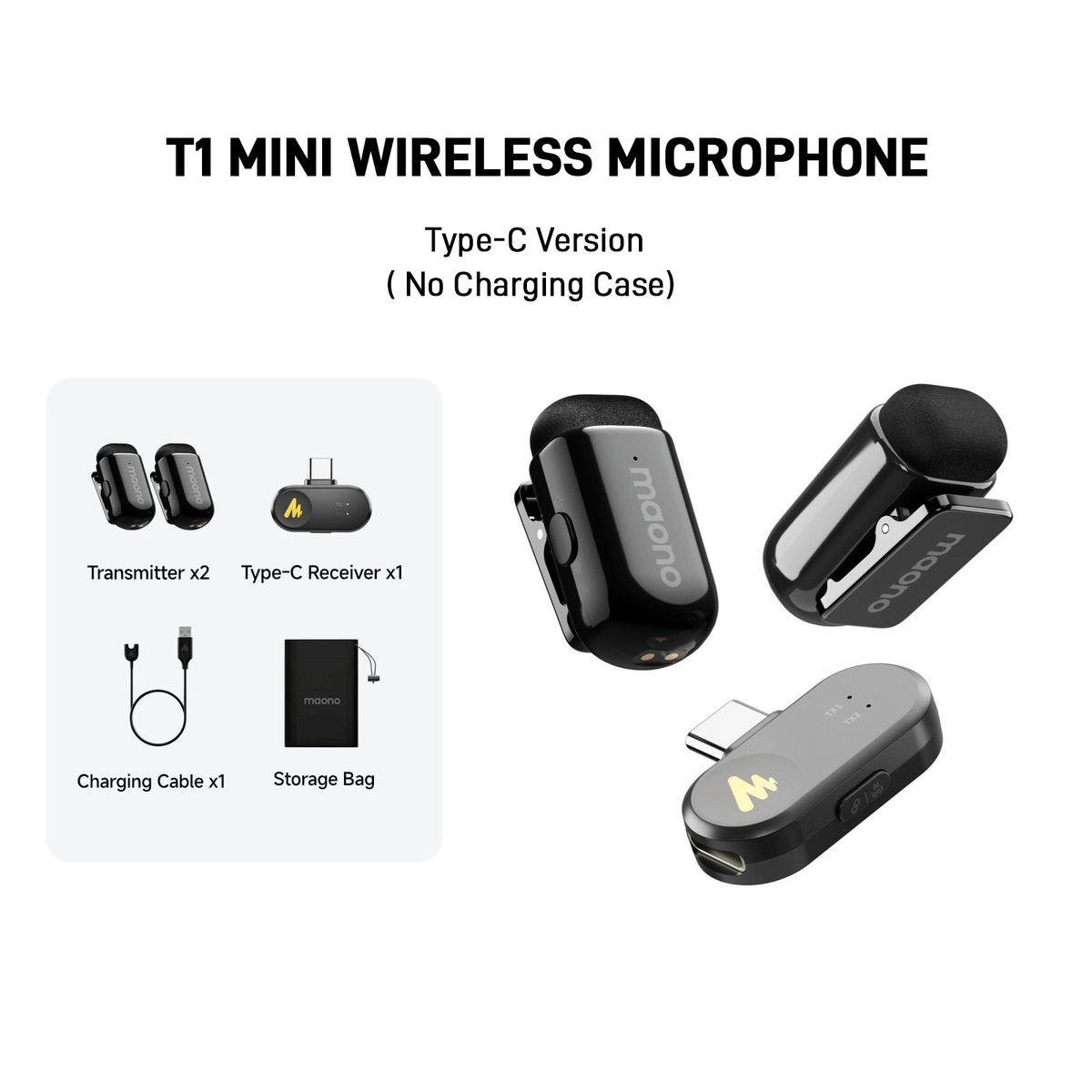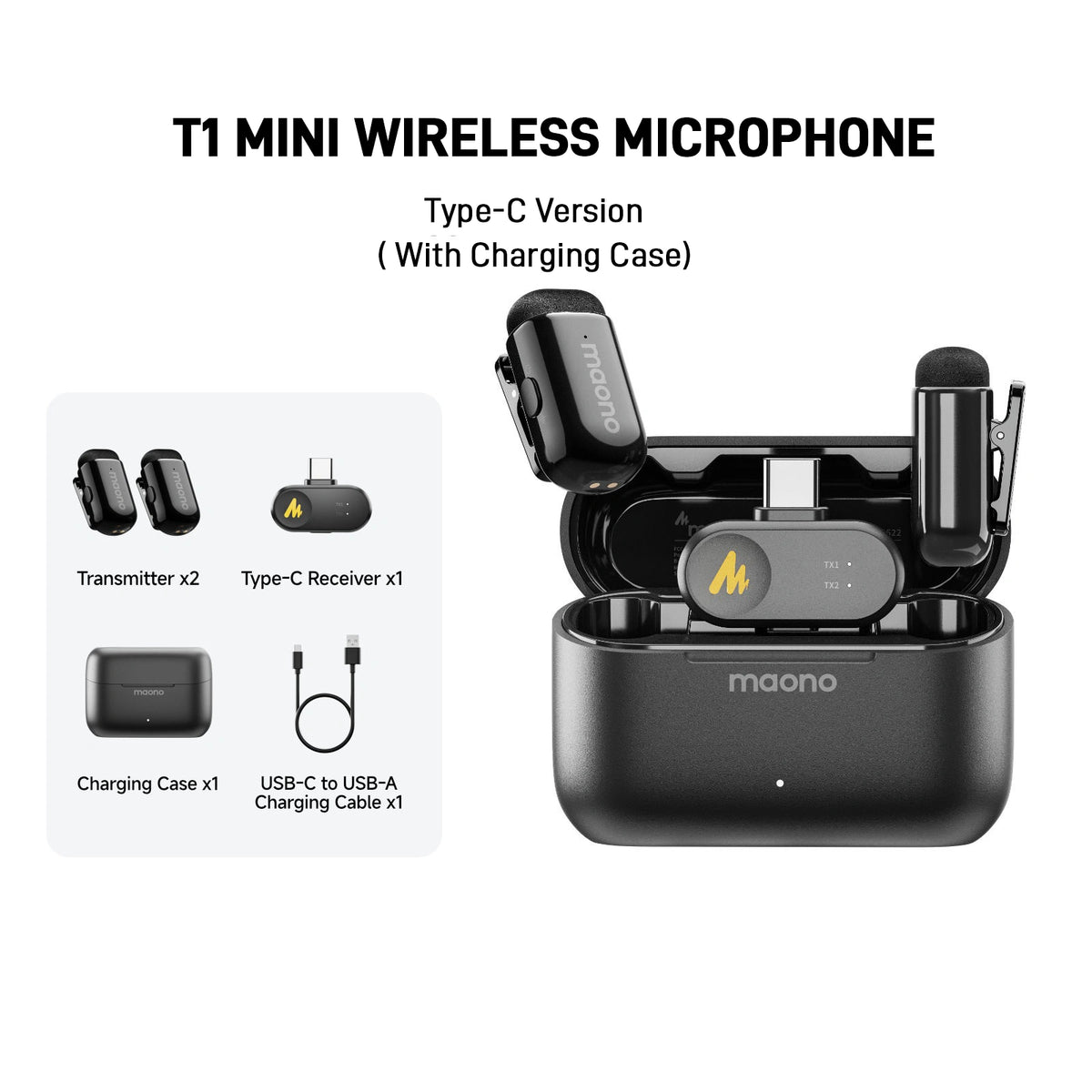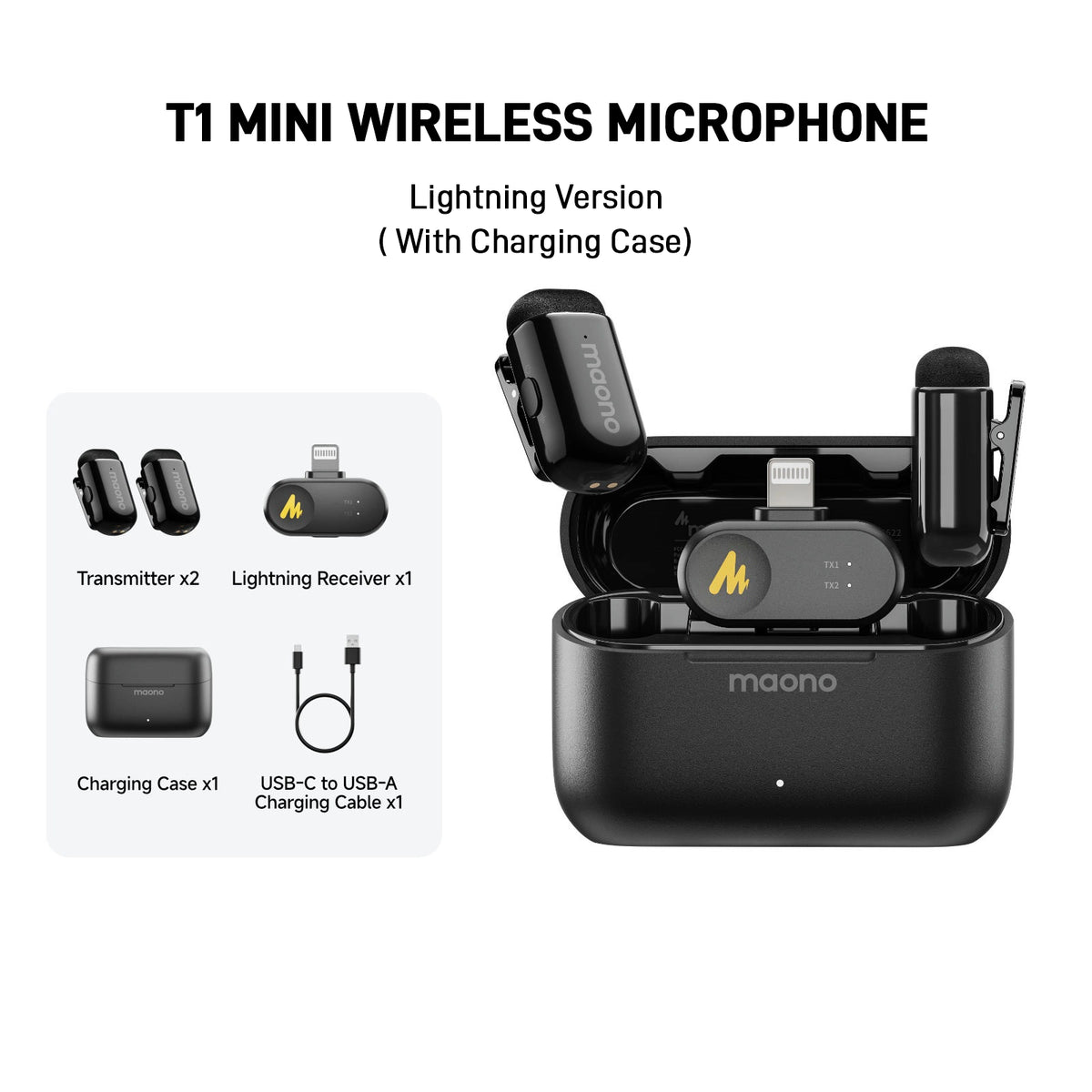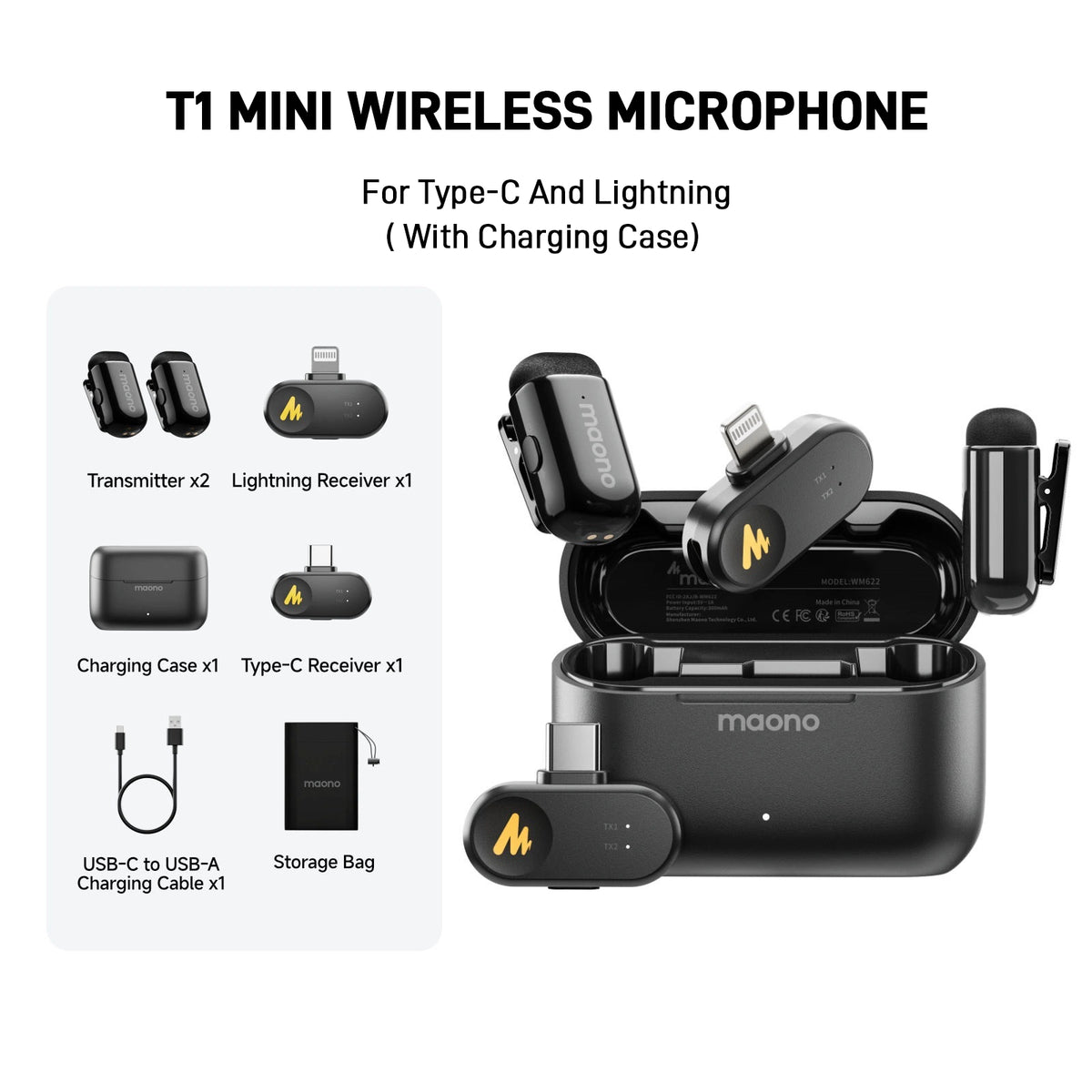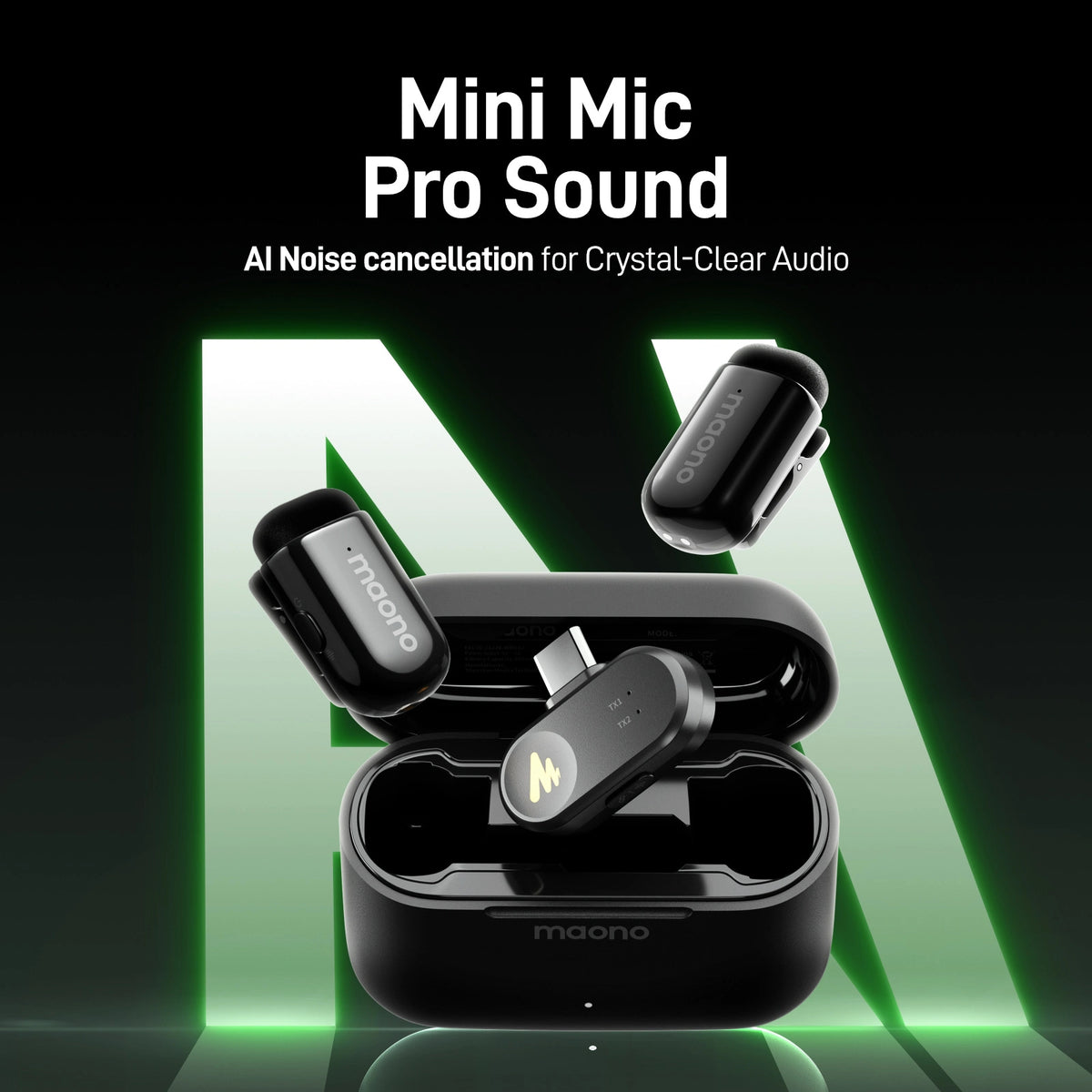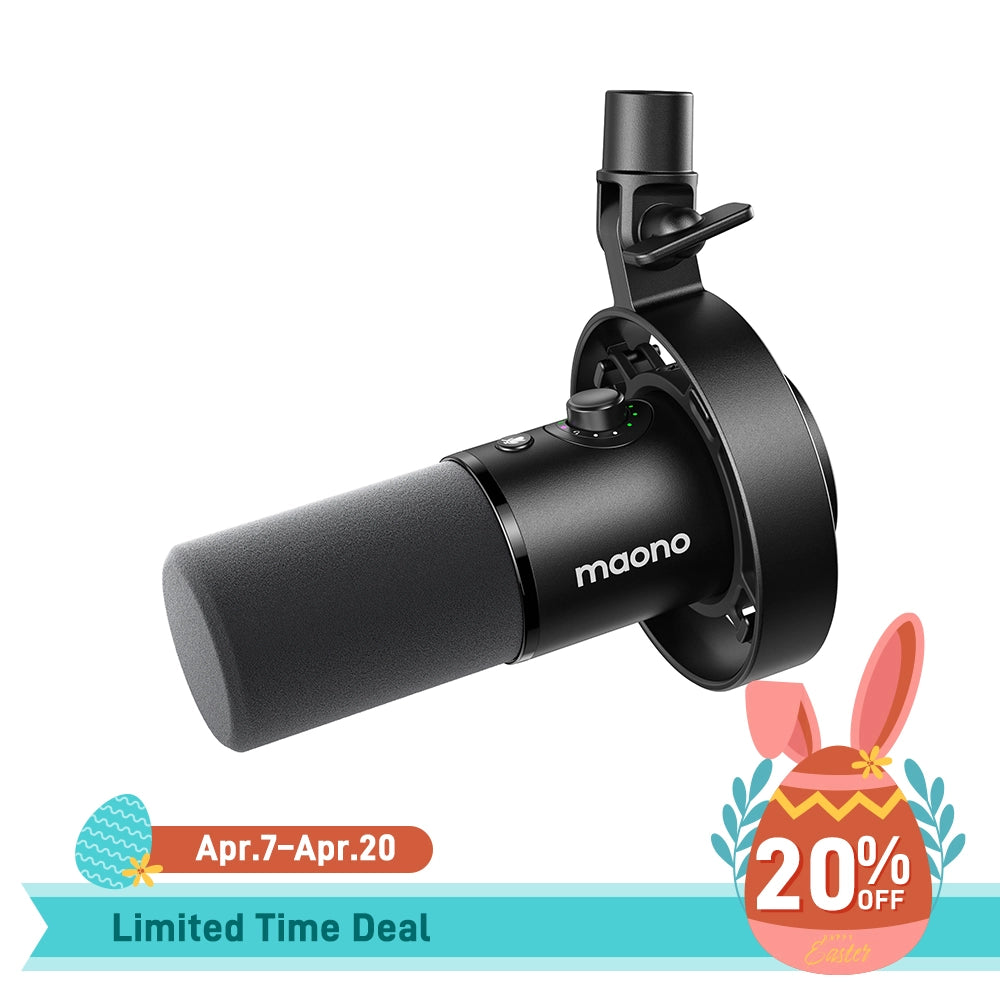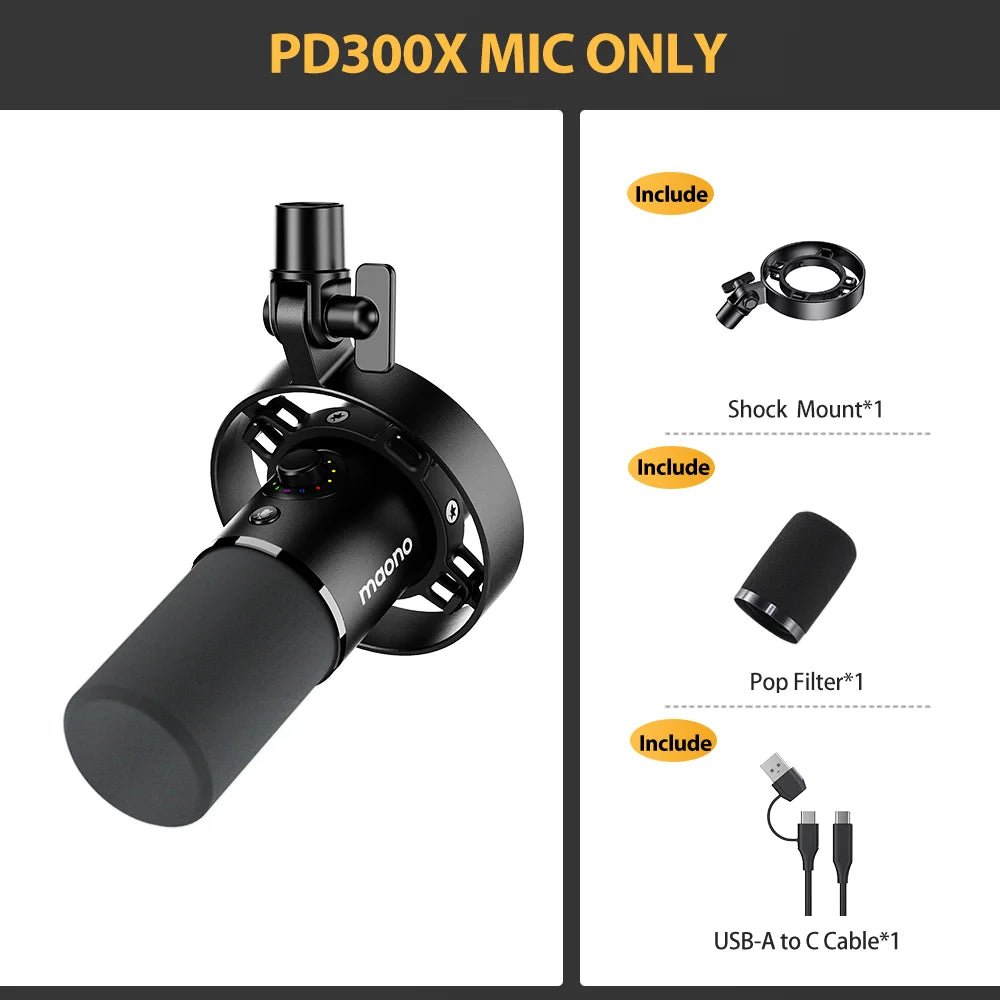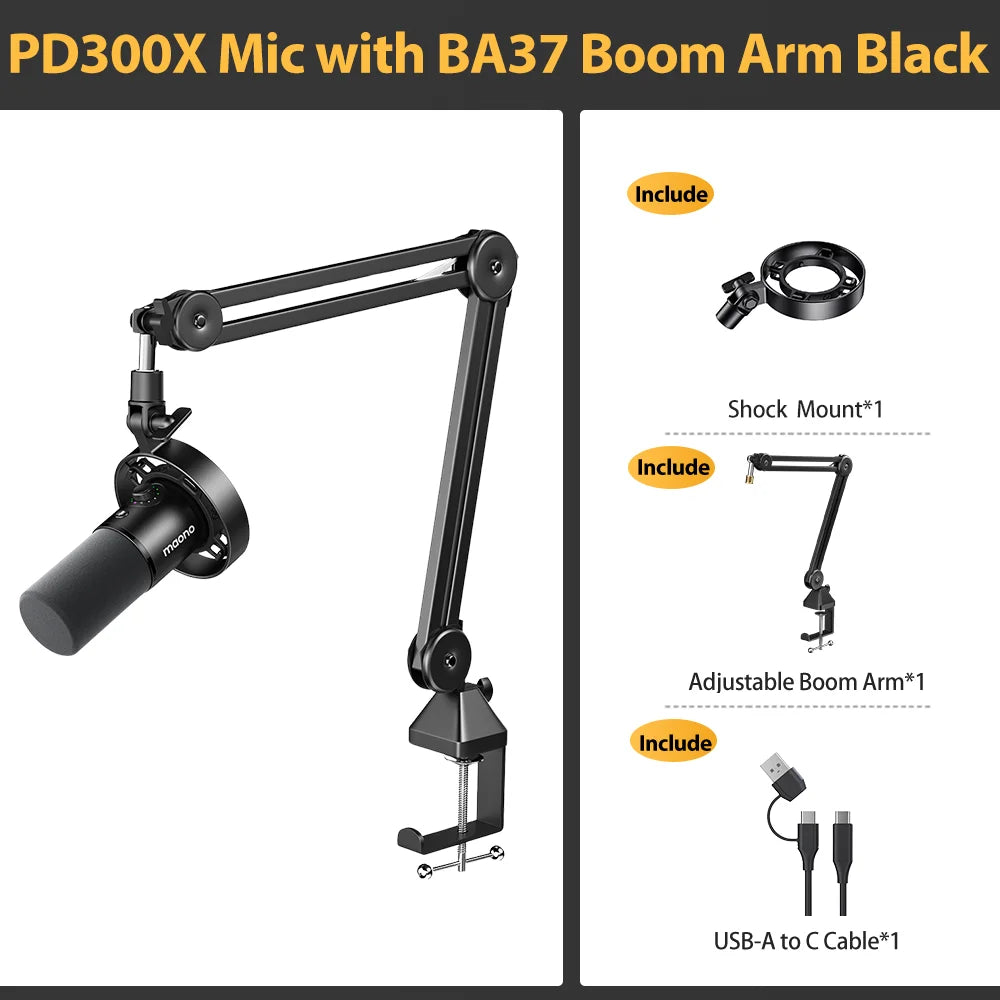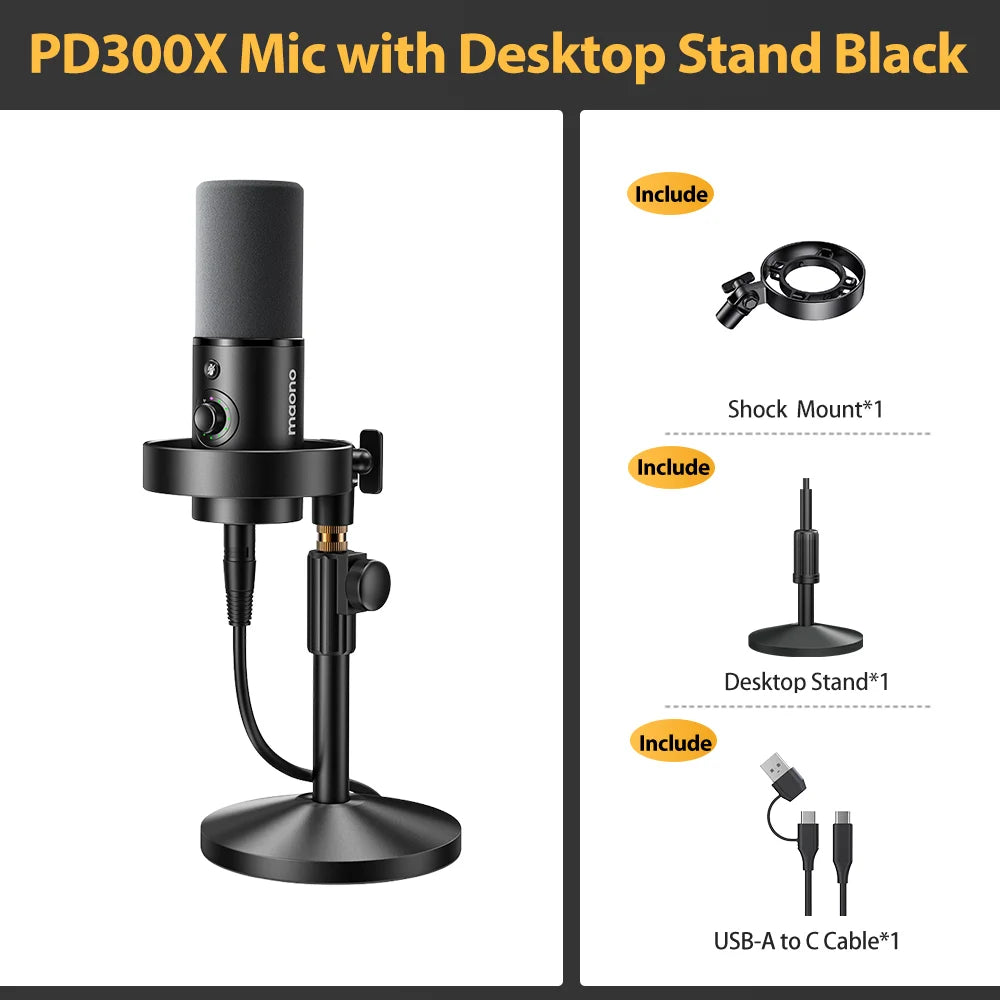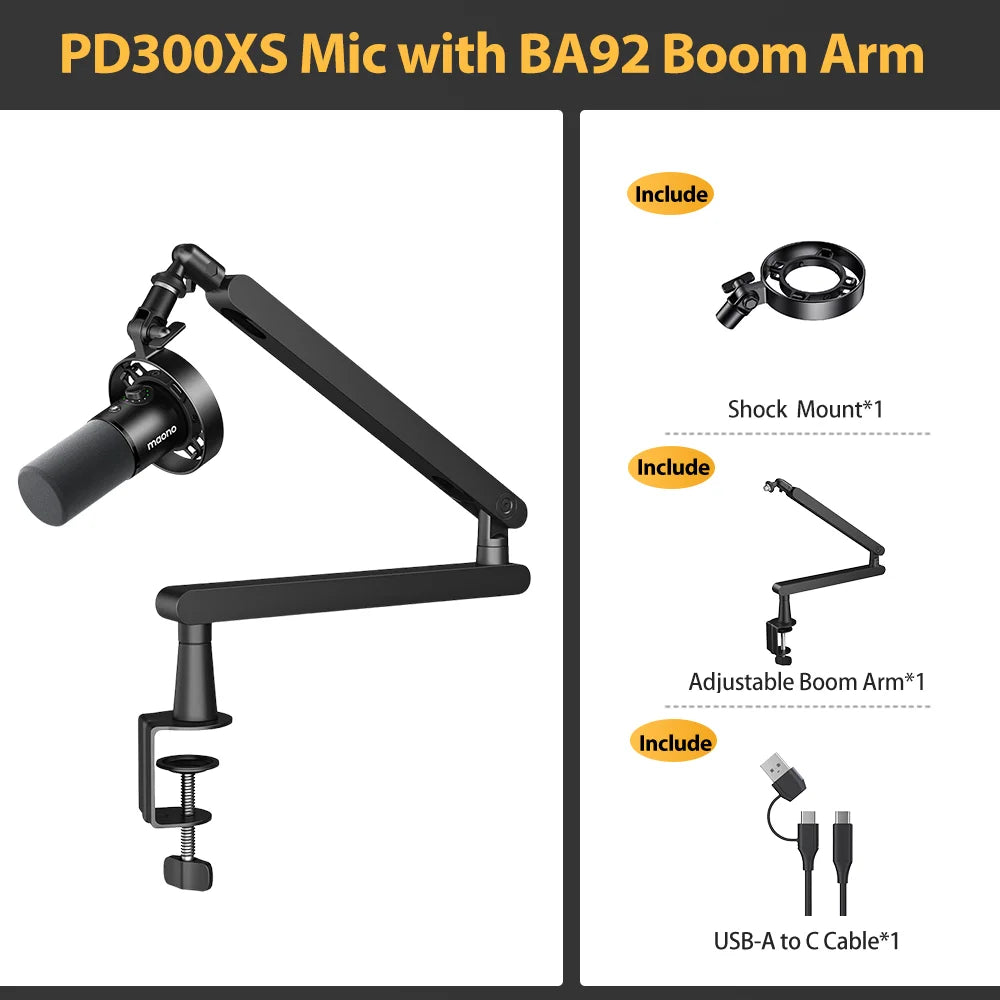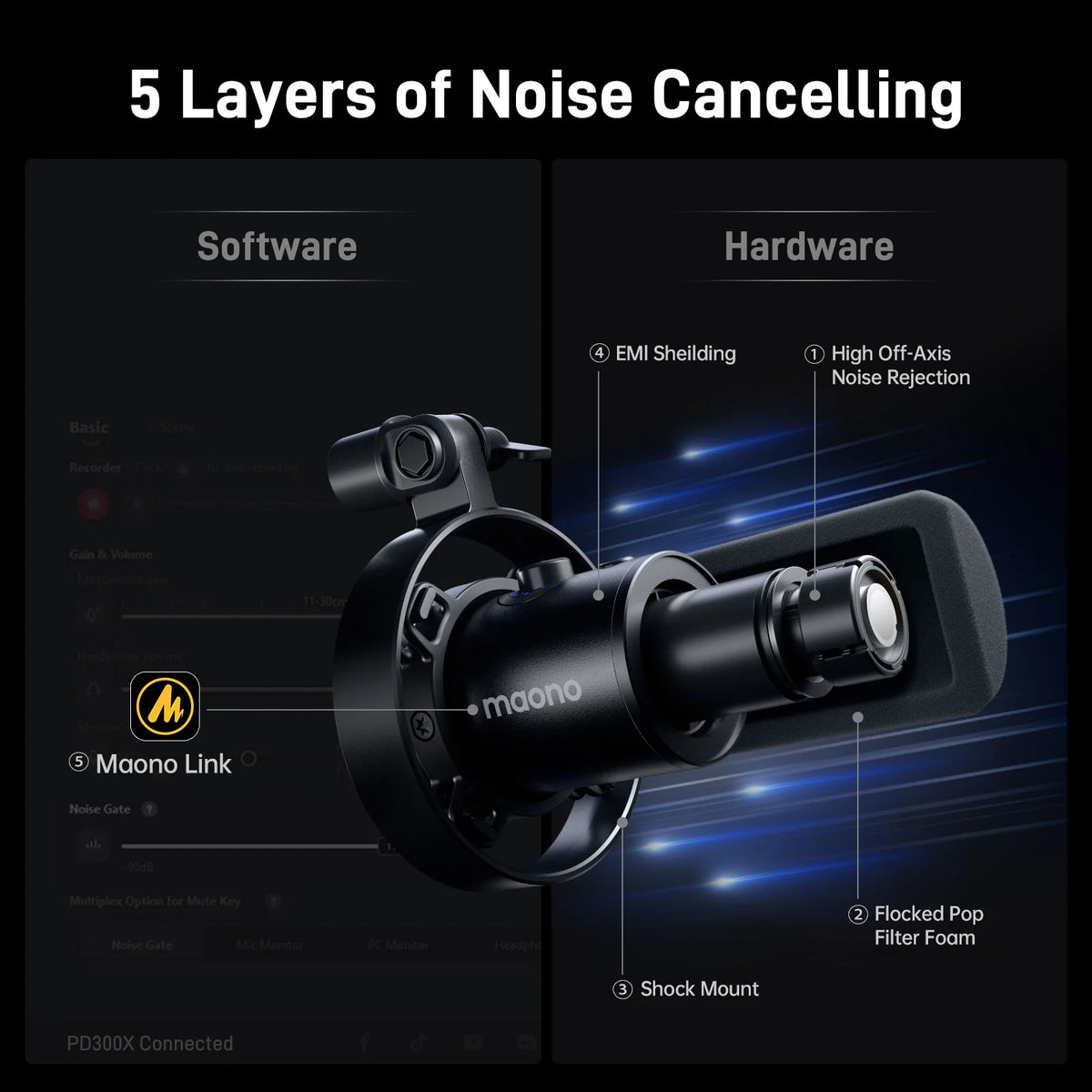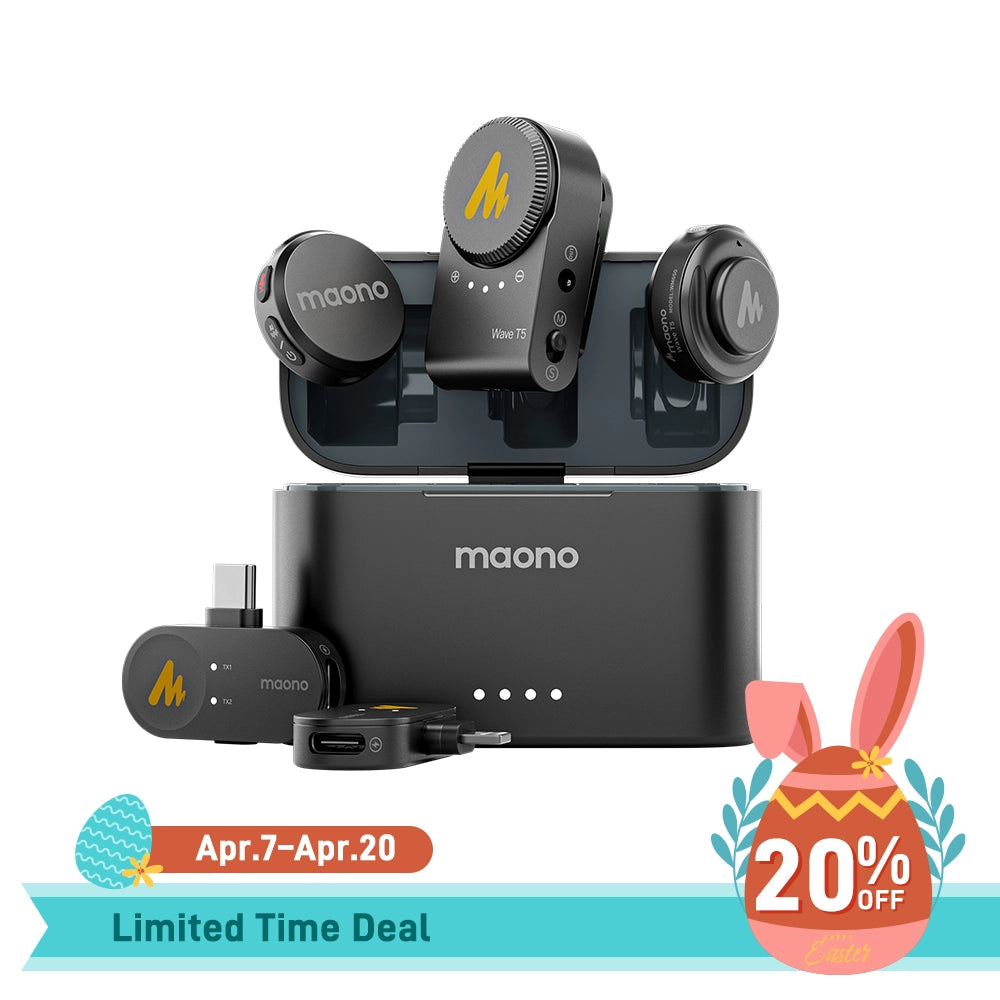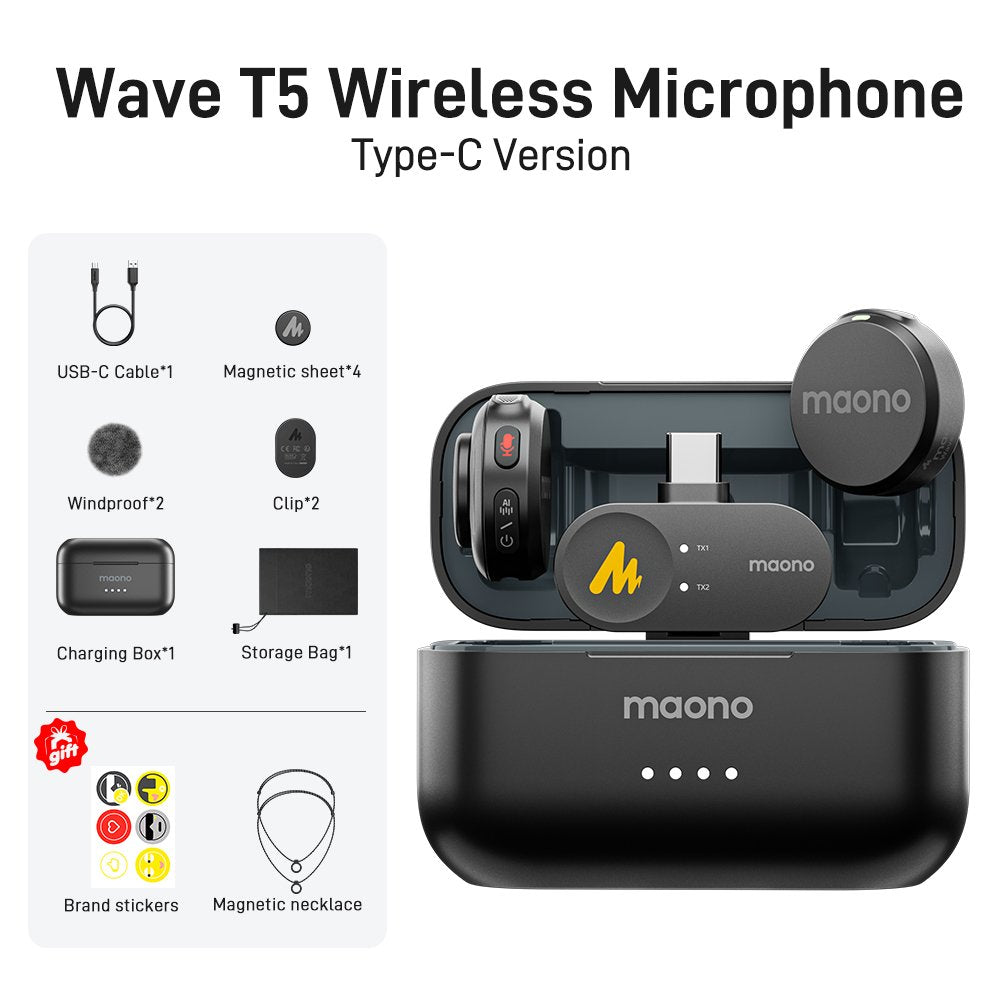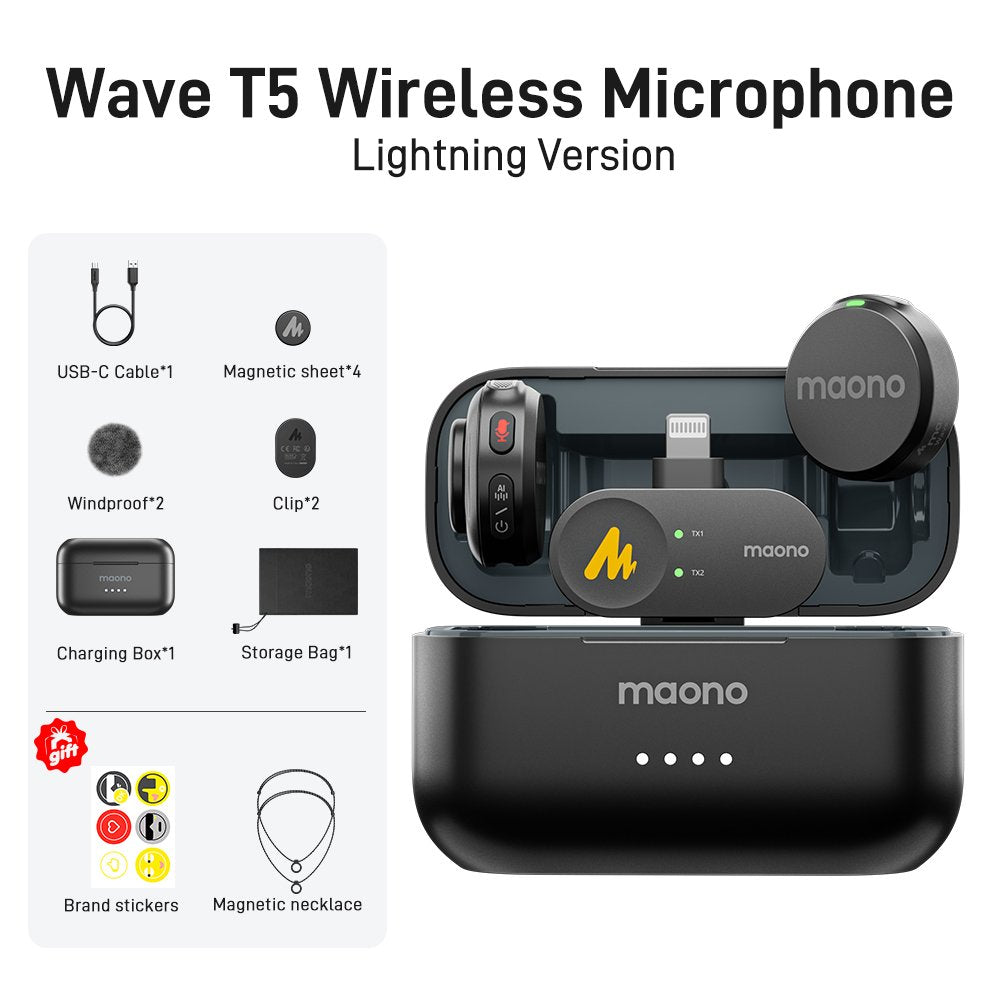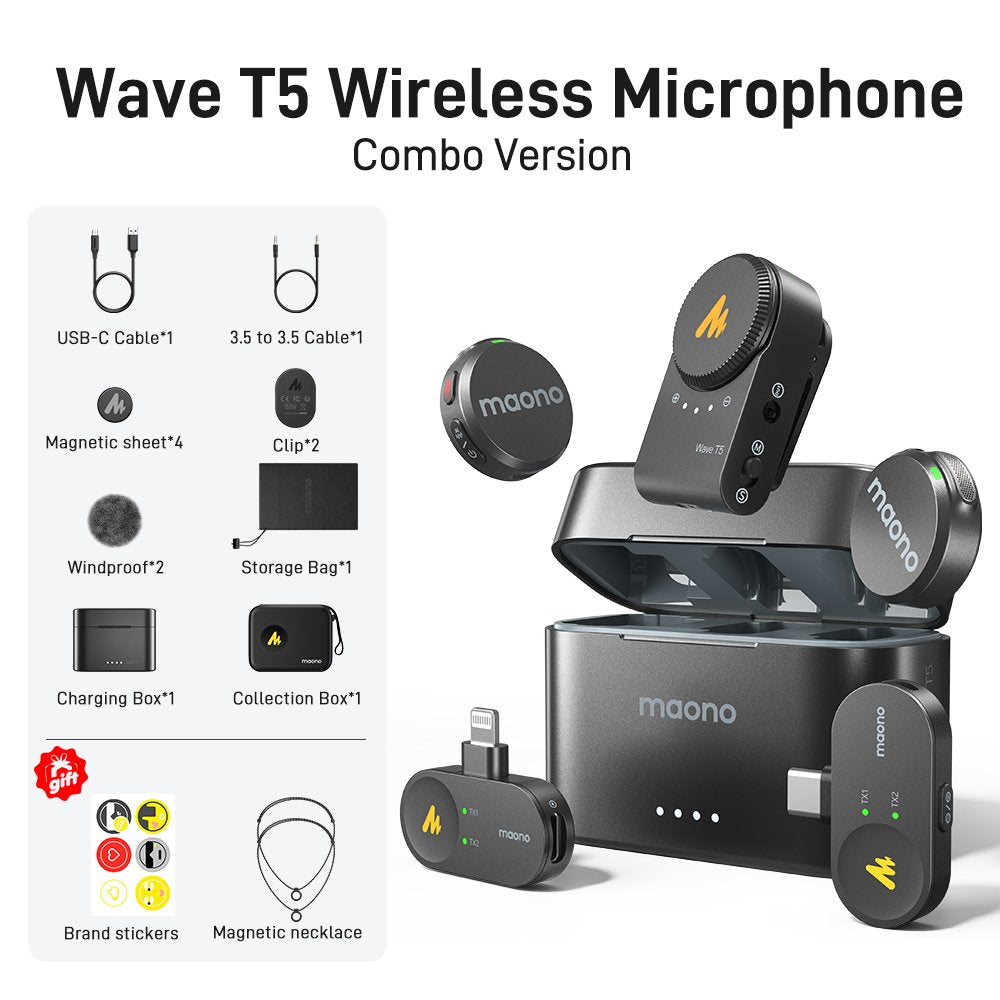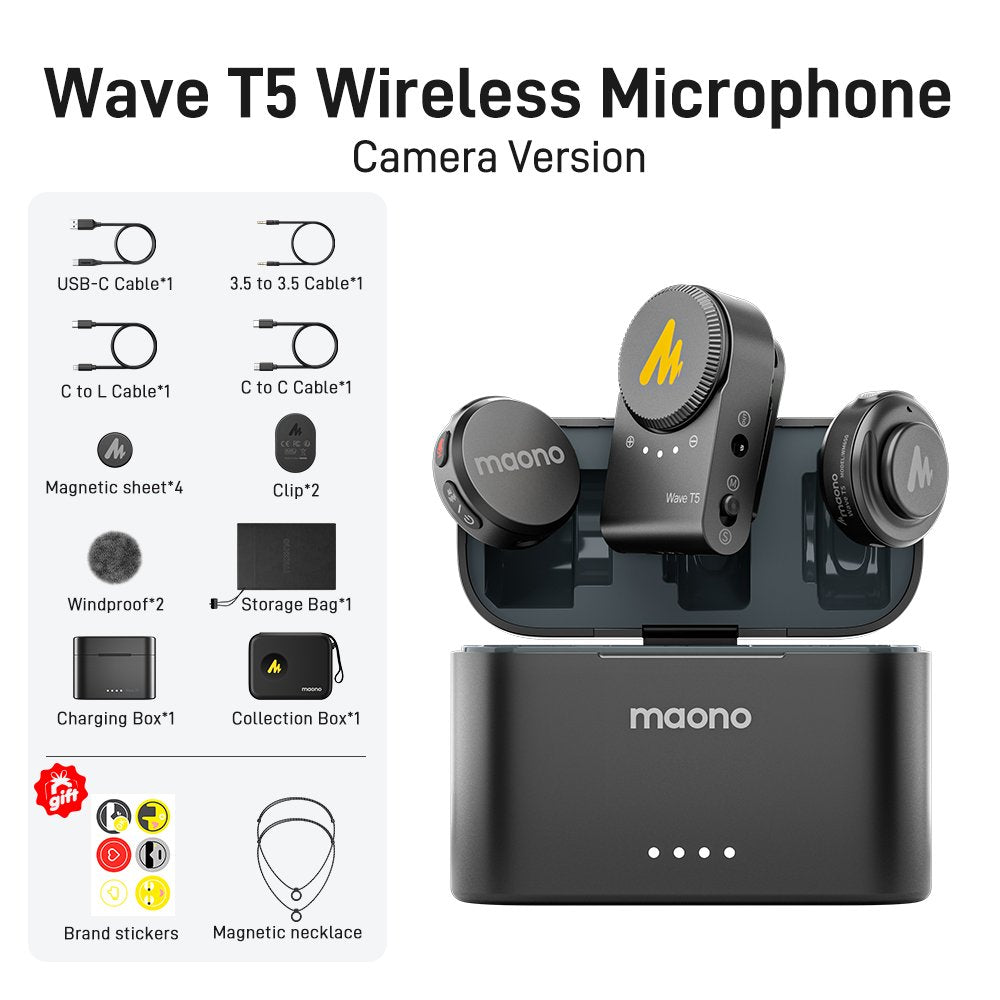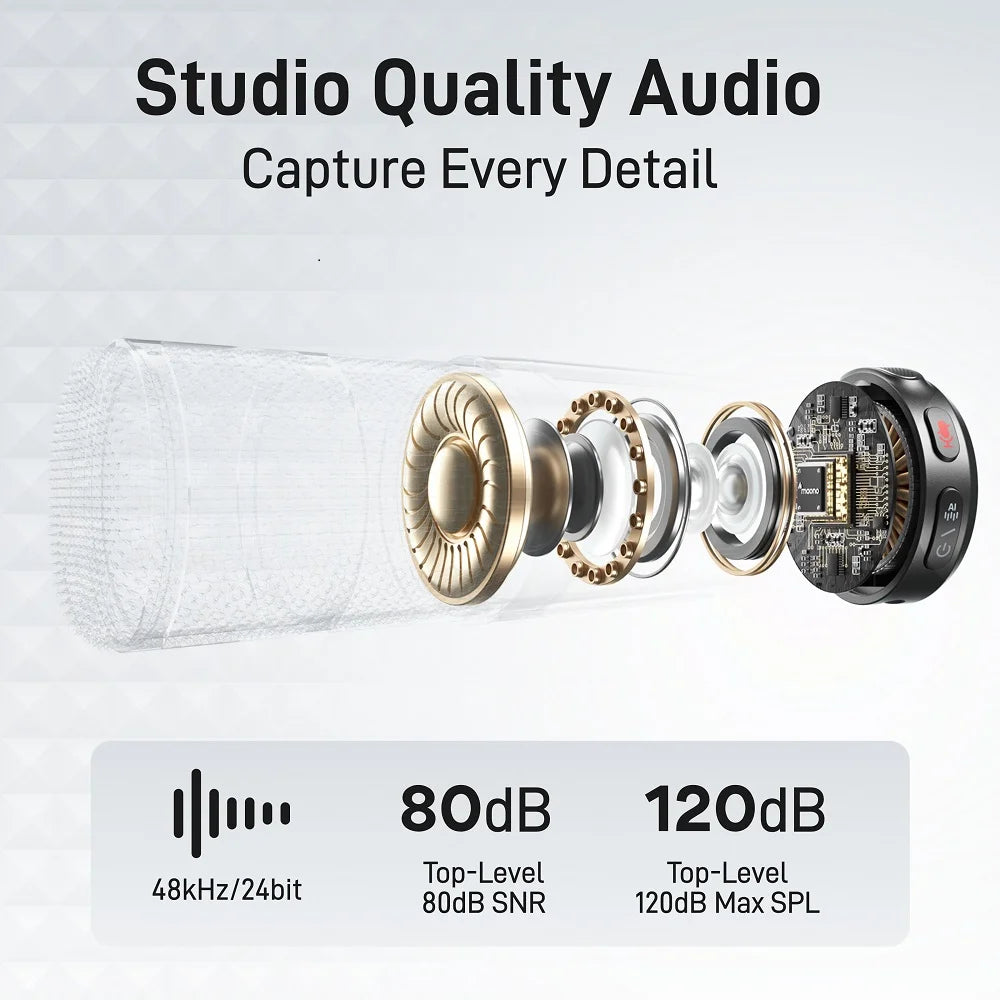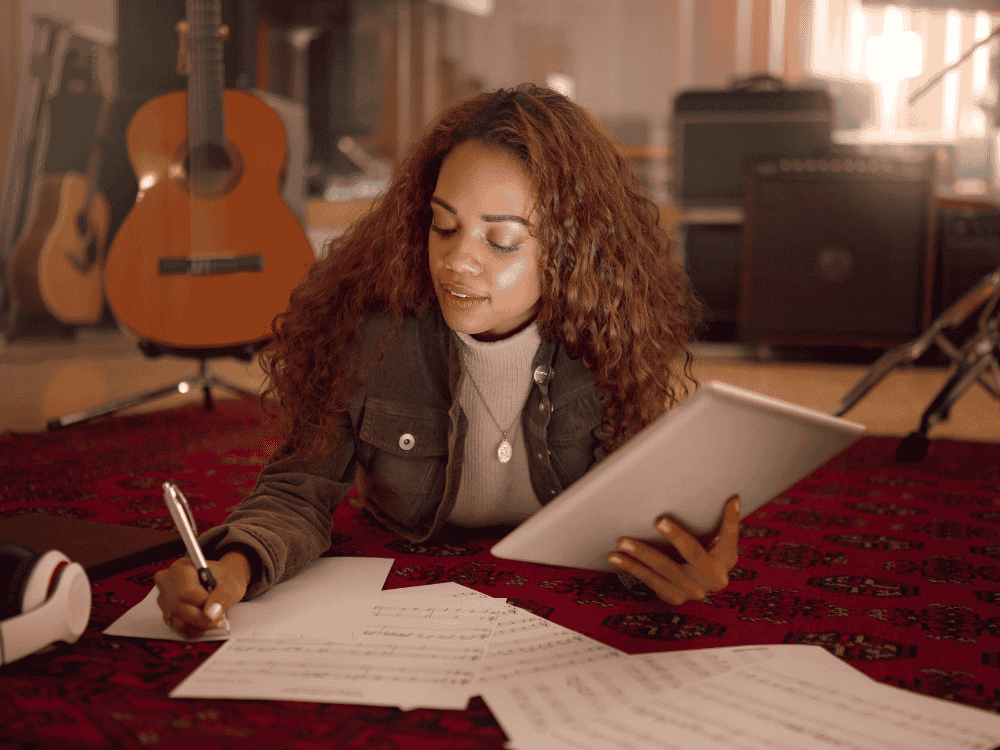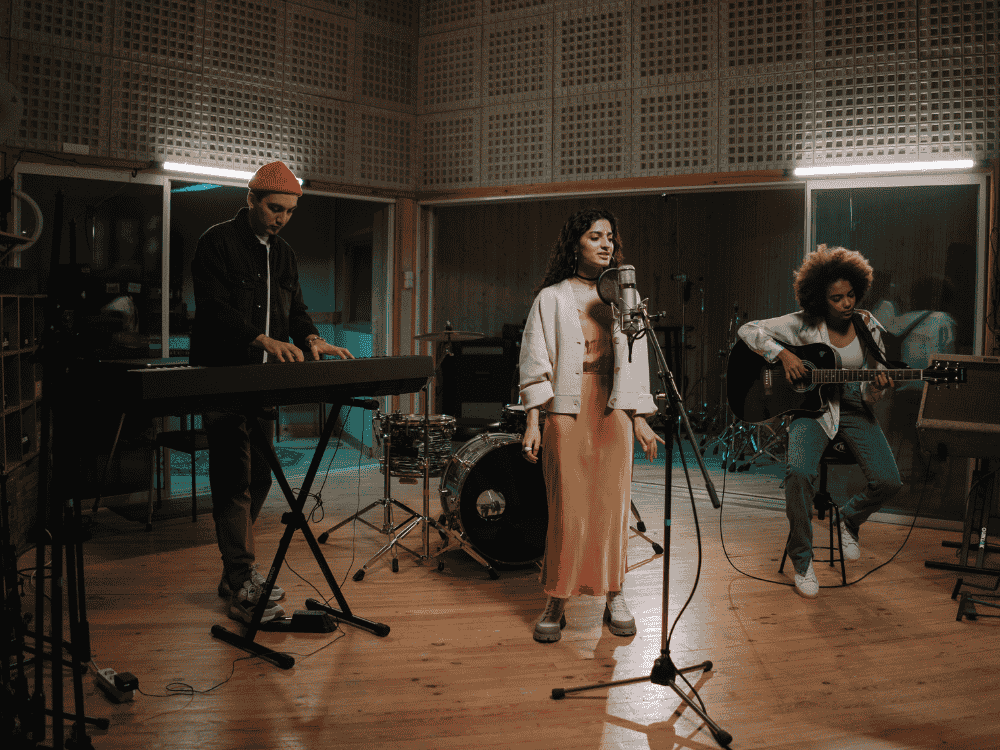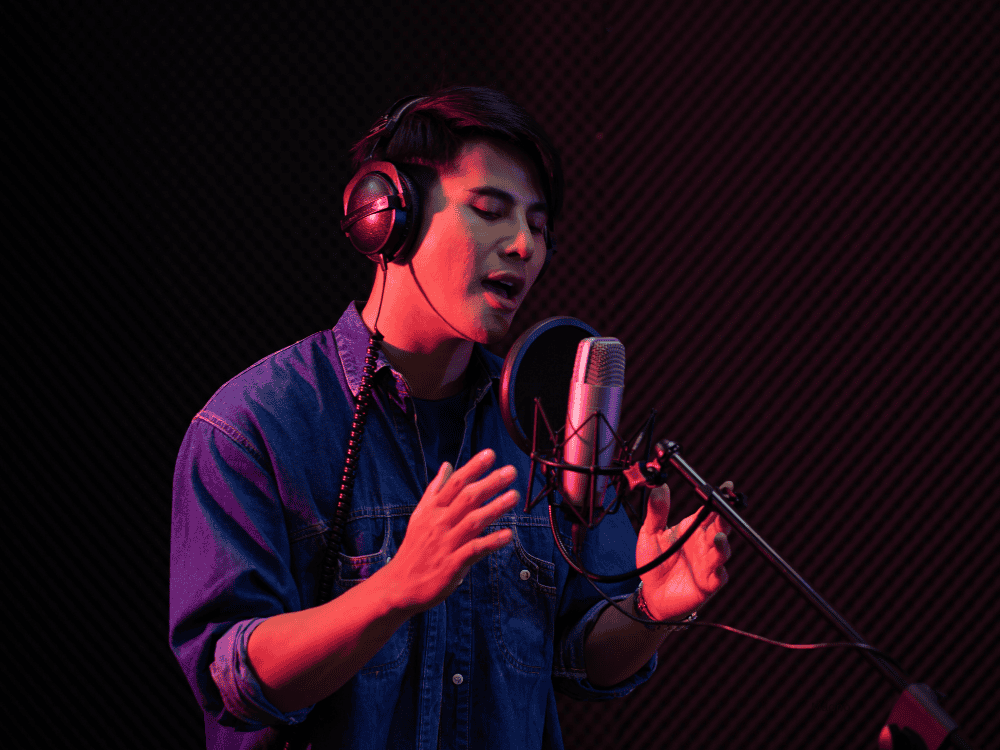Are you a pianist, a music enthusiast, or someone looking to explore a new hobby in music recording? While you can use your phone or earphones to capture piano sounds, the quality of the recording will not be as refined as using a dedicated USB microphone. The difference in sound clarity, depth, and overall production quality is substantial.
Your piano performances deserve to be captured in stunning clarity, not muffled by poor audio quality. Whether you're a seasoned pianist or just starting, choosing the right condenser mic can make all the difference in bringing out the richness and depth of your sound. But with so many options available, how do you find an affordable USB microphone that delivers studio-quality recordings?
If you are serious about recording your piano instrumentals, investing in a high-quality professional condenser microphone can make a significant impact. This guide will help you understand how to choose the best affordable USB microphones for piano recording and how to get the best sound quality from them. Let’s dive in.
Is a Condenser Microphone Good for Recording Piano?
A professional condenser microphone is widely regarded as the best choice for recording pianos. These microphones are designed to capture detailed, high-frequency sounds with a broad frequency range. They are highly sensitive, making them ideal for capturing the nuances of a piano’s rich tones, harmonics, and sustain.
Dynamic microphones, while excellent for stage performances, generally lack the sensitivity required to accurately reproduce the full depth and resonance of a piano. Hence, if you are looking for high-quality recordings, a condenser microphone is the best option.
Is It Better to Buy a Used Condenser Mic or a New One?
Buying a used condenser microphone can be a cost-effective option, but it comes with risks. While some second-hand mics are well-maintained and function like new, others may have internal wear and tear that can degrade recording quality. If purchasing a used mic, consider buying from a reputable seller and checking for warranty options. However, if your budget allows, investing in a new microphone ensures optimal performance and longevity.
Maono microphone offers the best condenser microphones for a reasonable price that’s affordable. With the high quality and professional sound capture it provides, it enables everyone to purchase a reliable mic for less than the price. In this case, why buy a used mic when you can buy a new one?
What Are the Best Condenser Microphones for Recording Piano?
Here are ten excellent, recommended condenser microphone options for piano recording, classified by type. Also, these are the best condenser mic picks to elevate your piano recordings without breaking the bank:
-
MXL 770 (XLR) - A budget-friendly condenser mic with a balanced sound profile, great for home recordings.
-
Shure SM57 (XLR) - Though mainly a dynamic mic, its versatility makes it a solid choice for piano miking.
-
AKG Pro Audio C14-LCE (XLR) - A professional-grade condenser mic with excellent transient response.
-
Rode M5-MP (XLR) - A matched pair of small-diaphragm condensers, ideal for stereo piano recordings.
-
Rode NT5-MP (XLR) - Another matched pair option, perfect for high-fidelity piano recordings.
-
Neumann TLM 102 (XLR) - A premium condenser mic with outstanding detail and clarity.
-
Tonor TC-777 (USB) - A budget-friendly USB condenser mic that delivers decent piano recordings.
-
Shure SM7B (XLR) - A dynamic mic with a warm tone, commonly used for vocals but decent for close-miked piano recordings.
-
Maono PM422 (USB) - A high-quality USB condenser mic with excellent noise reduction.

-
Maono AU-A04 or simply, A04 (USB) - An affordable option with clear audio capture, great for beginners.
If you are looking for a USB mic for ease of use, the Tonor TC-777, Maono PM422, and Maono A04 professional podcaster USB microphone for singing and recording are great choices and yes, you can also use these mics for podcasting, eliminating the need for an audio interface.
How Do I Position a USB Mic to Get the Best Piano Sound?
Proper mic placement is crucial for achieving the best piano sound. Here are some techniques:
-
For Upright Pianos: Position the mic 6-12 inches away from the soundboard or strings, slightly off-center to avoid harshness.
-
For Grand Pianos: Place one mic near the bass strings and another near the treble strings for a balanced sound.
-
For Stereo Recording: Use two mics in an X/Y or spaced pair configuration to capture a more natural stereo image.
-
Experiment with Angles: Pointing the mic towards the hammers captures percussive elements, while a more distant placement results in a fuller sound.
Where Can I Get an Affordable USB Mic That Produces Studio-Quality Piano Recordings?
Affordable USB microphones are widely available online and in music stores. Here are some top places to purchase them:
-
Amazon - Offers a wide selection of USB mics with customer reviews to help with decision-making.
-
Sweetwater - A reputable store specializing in audio gear with expert customer support.
-
Thomann - Great for European customers looking for budget and high-end microphones.
-
Maono Official Store - Directly purchase Maono microphones at competitive prices.
FAQs:
How to Use a Condenser Microphone Properly?
-
Use a pop filter to reduce plosive sounds.
-
Ensure phantom power (48V) is enabled for XLR condenser mics.
-
Place the mic in a stable position with a stand to minimize handling noise.
-
Record in a quiet environment to avoid capturing unwanted background noise.
Can I Use a USB Mic to Record Both Vocals and Piano at the Same Time?
You can use a USB mic to record both vocals and piano simultaneously, but it requires careful positioning. Place the mic between you and the piano, ensuring it captures both sources equally. However, for the best results, use two separate microphones or a stereo recording setup.
How Do I Reduce Room Echo When Recording Piano with a USB Mic?
-
Use acoustic treatment (foam panels, carpets, curtains) to absorb reflections.
-
Position the mic closer to the piano to capture more direct sound.
-
Use a cardioid mic pattern to focus on the piano while minimizing ambient noise.
Conclusion
Recording piano with a USB microphone is an excellent way to achieve professional-quality sound without breaking the bank. Condenser microphones are the best choice for capturing the richness of piano tones, and affordable USB options like the Maono PM422, Tonor TC-777, and Maono AU-A04 (A04) offer great performance for beginners and experienced musicians alike.
By choosing the right microphone, positioning it correctly, and optimizing your recording environment, you can create studio-quality piano recordings from the comfort of your home. Whether you're recording for fun, composing music, or sharing performances online, or when you plan to start a podcast in the future, investing in a good USB microphone will make a significant difference in your sound quality. Happy recording!


